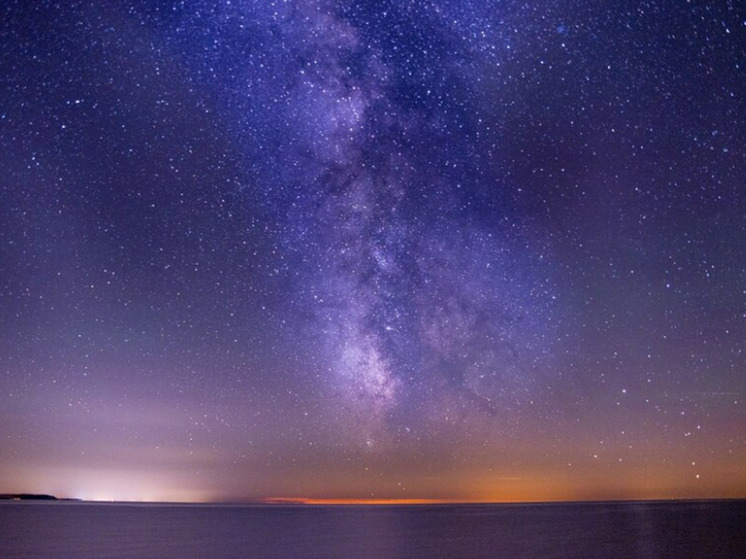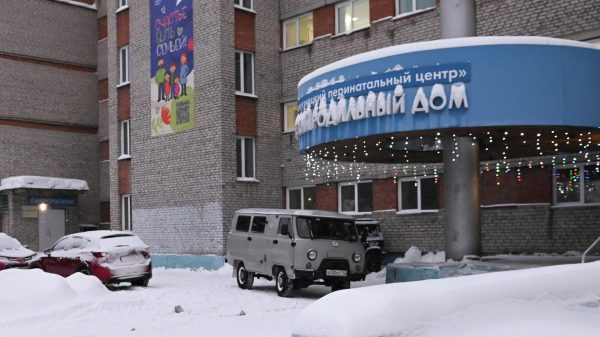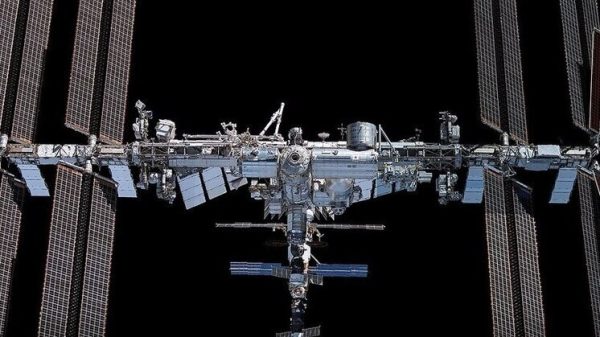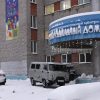“This discovery opens up a whole new can of worms.”
New details about a mysterious region of the Milky Way called the “Brick” reveal that it is even stranger than scientists thought. The box-shaped cloud of opaque dust lying at the center of our galaxy has long puzzled scientists, and observations that reveal new details about its composition deepen the mystery — perhaps turning on its head what is known about how stars form.

It was previously assumed that the cloud, nicknamed “Brick” for its visual opacity and rectangular appearance, contains more than 100,000 times the mass of the Sun. And from such a dense clump, new massive stars should form, based on researchers' current understanding of star formation. But this is not so, CNN notes.
«Brick» largely inactive. And the latest observations made with the James Webb Space Telescope have not revealed any hidden young stars. Webb's new data instead showed that the Brick was made of more than just gas. It's also littered with frozen carbon monoxide — much more than previously expected, according to a study published Monday in the Astrophysical Journal. And deeper into the Brick more ice forms.
The findings could have major implications for how scientists analyze the region in the future. More carbon monoxide ice inside the brick could revolutionize the way we study and measure the dark clouds at the center of the Milky Way.
“We're now closer to understanding what exactly is going on in the Brick and where the mass is,” says University of Florida astronomer Adam Ginsburg, lead author of the study. – But we've opened more questions than we closed with this one.”
Among these questions: Why and where does this carbon monoxide turn into ice?
Other mysteries related to this region also remain without answer: why don't we see the formation of new stars? Is brick really not as dense as scientists once believed? And what are these strange protrusions and filament-like filaments that are visible inside the brick?
«We have a lot more research to do before we can really be sure what's going on,» says Ginsburg. – I would say that we are in the hypothesis-forming stage, not the conclusion-drawing stage.
According to CNN, Adam Ginsburg and his fellow researchers, who included graduate students at the University of Florida, for the first time got their hands on this new Webb data in September 2022.
This was the decisive moment. As the most powerful space telescope ever built, Webb could offer never-before-seen insight into the project. But right away, Ginsburg and his team discovered that the data needed a lot of work. The Webb telescope is oriented by using a map to determine which direction it is pointing based on where it is in relation to known stars.
The problem was that “there are so many stars in the center of the galaxy that it gets confusing,” Ginzburg said. So the researchers had to spend months cleaning up the data, orienting it so that it would correctly match existing sky maps.
Then, when they peered into the Brick, they discovered that the images from Webb were coming out the wrong color.
“All the stars turned out too blue,”, Ginzburg said, prompting the researchers to wonder if there was something wrong with the data.
But it turned out, he said, that the problem lay in their assumptions. Scientists did not expect that there would be so much carbon monoxide in the ice — and this, according to the study, caused the color change.
According to Dr. Natalie Butterfield, an assistant research scientist at the National Radio Astronomy Observatory, who was not involved in the study, studying the existence of ice could have a broad ripple effect on all types of research center of the Milky Way.
Butterfield said her own research, which includes studying supernovae and radiation between star systems, could be forever changed by understanding the existence of this carbon monoxide ice. This could change how scientists estimate the mass of all the clouds at the center of the galaxy.
There are a few strange things about all this carbon monoxide ice. For example, it is quite warm in this area — about 60 degrees Kelvin (minus 351.67 degrees Fahrenheit), while carbon monoxide typically freezes at 20 Kelvin.
It is possible that the dust inside the brick is much cooler than the gas, causing the carbon monoxide around the dust particles to become solid. Or, Ginsburg said, maybe the water freezes, trapping carbon monoxide inside. The answer matters. All the ice in a region like Brick could give scientists new insights into our solar system — even about our home planet.
For example, the ice and water that exist on Earth were probably brought here by comets. So, where in the Universe ice exists and how it forms can help researchers understand where these comets come from and how they collected the materials they deposited.
The big mystery then becomes why there is ice inside the Brick. no star formation occurs.
Scientists already know that new stars are formed from dust clouds and hydrogen molecules, CNN notes. But scientists cannot directly observe hydrogen molecules inside the Brick — or anywhere else in the Universe — because they are invisible to telescopes.
However, scientists also know that for every molecule of hydrogen there is probably a certain amount of carbon monoxide. And carbon monoxide is visible — so scientists can measure it as a proxy for determining how many hydrogen molecules are in a given area.
Researchers have been using this method to measure hydrogen molecules for 50 years, Ginsburg said.
But they always assumed carbon monoxide was a gas, not solid ice, as Webb's data showed. This discovery opens a whole new can of worms, Ginsburg said.
Adam Ginsburg noted that it is critical for researchers to understand what state carbon monoxide is in — gaseous or solid — to come to the correct answers.
Each new knowledge about the “Brick” and its composition better explain why this opaque cloud does not produce stars, although, according to most, it must be one of the most active stellar nurseries in the galaxy.
“This is indeed a natural place for new stars, — Ginsburg said. — But we didn’t find that much — only a very, very tiny handful.”
There are several possible answers that Ginzburg and other researchers are keen to explore: perhaps Brick is more stretched out — less compact, — than scientists once thought. Or maybe it's just too young, and its star-forming days are still ahead of it.
These are questions that Webb can continue to help researchers answer, Ginsburg and Butterfield said.


























































Свежие комментарии